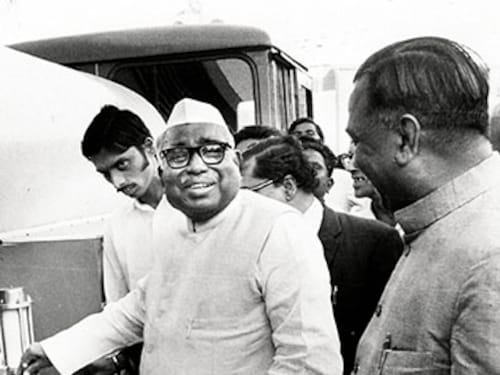Economic Milestone: Operation Flood (1970)
Operation Flood and Amul cut out the middlemen, ensuring producers got a lion's share of the price paid by the consumers


Lauded as one of the world’s largest rural development programmes, Operation Flood or the ‘White Revolution’ revitalised India’s dairy industry by turning the country into the largest milk producer in the world.
Launched on March 4, 1970, by the National Dairy Development Board (NDDB), Operation Flood was the brainchild of Verghese Kurien, the NDDB chairman and a founding member of Anand Milk Union Limited (Amul).
Kurien envisioned a series of dairy cooperatives by creating a national milk grid across the country, linking milk producers throughout India with consumers in over 700 towns and cities.
Critics of the Operation contended that the foreign aid (primarily from the European Union, then European Commission or EC) would cause the price of milk to crash and keep India in perpetual debt to other countries for milk. However, according to Abhijit Bhattacharya, senior manager of communications at the NDDB, this did not happen as the board sold the skimmed milk powder and butter oil donated by the EC and reinvested the profits to build new dairies and enlarge existing ones with cooperatives.
The NDDB was able to do this because both Operation Flood and Amul cut out the middlemen and ensured that producers got a lion’s share of the price paid by the consumers. Rajendra Shah, who was a young farmer when Operation Flood was launched, remembers the time when Polson, Nestle and Glaxo, among other brands, were the primary players in the dairy market. His margins were smaller and his incentives to increase yields were non-existent. The White Revolution changed his life as his dairy grew significantly and increased margins by about 15-20 percent.
Ultimately, NDDB and the cooperatives became synonymous with quality and value, helping dairy farmers direct their own development and take control of the resources they created.
First Published: Aug 13, 2014, 06:38
Subscribe Now